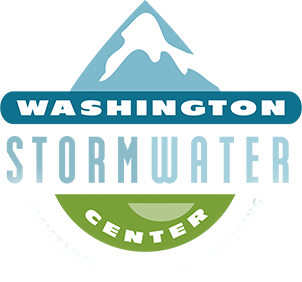
ISGP: Corrective Actions
Facilities whose quarterly sampling results exceed benchmarks are required to go through the corrective action process. Corrective actions are strategies that facilities must implement to reduce pollutants in their stormwater discharge and bring their samples below the benchmark values. There are 3 levels of corrective actions that are based on the number of quarters a benchmark is exceeded.
Corrective Action strategies involve the implementation of BMPs designed to reduce pollutant loads into stormwater. The type of BMP that is meant to be implemented is dependent on the level of corrective action your site must complete. Corrective action Level I, for example, requires the implementation of operational BMPs which are usually the easiest to implement and the least expensive, whereas a corrective action Level III would require treatment BMPs which are often the most expensive and require the most time and resources to implement. For more information on these BMPs, see our BMP page.
Corrective Action Level I

Every time a quarterly sample parameter exceeds a benchmark for a site, the site is required to complete a Corrective Action Level I no later than 14 days after becoming aware of the exceedance. It is important to note that averaging multiple quarterly samples is allowed for certain parameters as mentioned in the sampling section. For parameters that allow averaging, the 14 days start at the end of the quarter during which the average value has exceeded the benchmark, or 14 days after the facility receives the lab report, whichever is later. However, since pH and visible sheen do not allow quarterly averaging, so the 14-day period begins upon the receipt of a single benchmark exceedance.
A Level I response requires that an additional site inspection utilizing a site inspection form be conducted to try and determine the source of the exceedance and stop it. It also requires an evaluation of the SWPPP to ensure that the plan is effective. Every time monitoring indicates an exceedance of the benchmark a Level 1 corrective action must be taken, regardless of additional corrective action levels required.
Additional housekeeping BMPs such as site sweeping, system cleaning, and employee education can be amended or enhanced to support a Level I response.
Corrective Action Level II

If a benchmark of the same parameter is exceeded in any two quarters of a calendar year it is required to implement a Level II Corrective Action by August 31 of the following year.
Often, Level II BMPs require capital investment into the property and can require engineering and construction permitting. Adding additional impervious surfaces can also trigger local drainage permitting and review.
If the Level II approach will take too long in permitting, capitalization, or design to meet the August 31 deadline of the following year, the site can submit a request for time extension through a Modification of Coverage form. Additionally, the site can determine that it would be more effective to jump to a Level III treatment BMP and skip Level II.
Corrective Action Level III

If a benchmark of the same parameter is exceeded in any three quarters of a calendar year it is required to implement a Level III Corrective Action by September 30 of the following year. If the Level III approach will take too long in permitting, capitalization, or design to meet the Sep 30 deadline of the following year, the site can submit a request for time extension through a Modification of Coverage form.
Additionally, treatment BMPs require an engineering report and O&M Manual to be prepared and submitted to Ecology no later than 30 days after construction/installation is complete; unless an alternate due date is specified in an order.
Other Considerations
Treatability and Pollutant Characterization
Because stormwater is so dynamic (not only across different regions, but even across different drainage sub-basins on a property) it is often necessary to invest in a treatment feasibility study.
To effectively manage an industrial property under an ISGP requires that you implement the required BMPs, keep a maintenance log, and have effective communication with staff to maintain compliance. If a facility must escalate through Corrective Action levels to maintain compliance often deeper investigations, engineering support, permitting, capitalization, and sometimes legal support are required.
When utilizing chemical treatment or flocculation, chemistries must be selected from chemistry that has gone through the CTAPE protocols. Approved use designations for chemistries and other technologies can be found on Ecology’s Emerging Technologies page.


